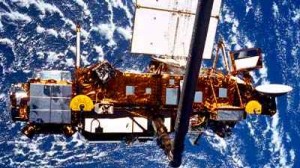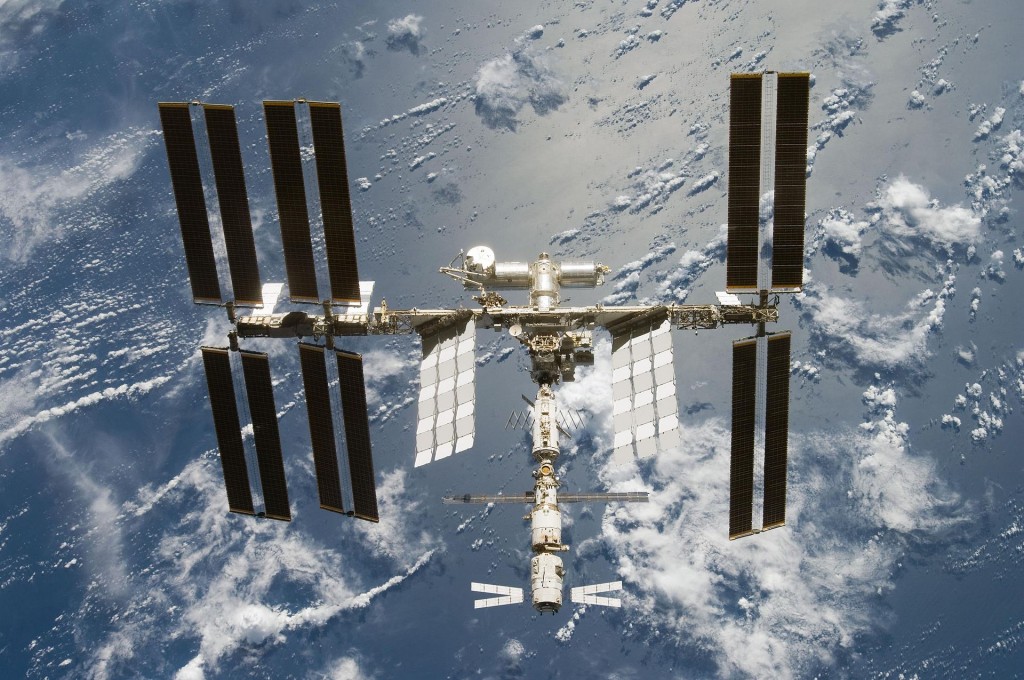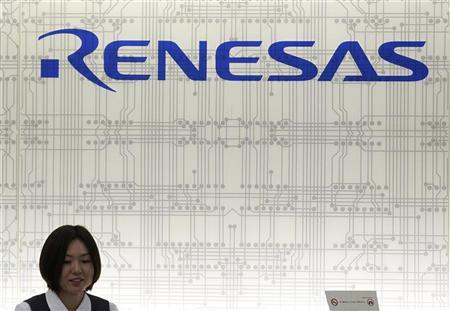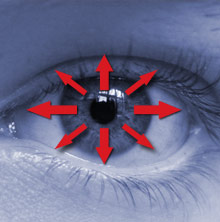A dead 5.4-ton Nasa satellite is expected to fall back to Earth on Friday – although officials cannot say exactly where it will hit.
The Upper Atmosphere Research Satellite (UARS) could shower debris anywhere over the six inhabited continents – from as far north as Alaska to the tip of South America.
Nasa has said the odds of a piece of the UARS debris striking a person is about one in 3,200.
It insists most of the 20-year-old probe will burn up in the atmosphere and that the debris will most likely fall into an ocean or land in an uninhabited region of Earth.
Scientists expect up to 26 pieces – with a combined mass of about 540kg – to survive the fiery re-entry.
Launched in 1991, the satellite has been monitoring chemicals in the atmosphere, slowly losing altitude since completing its mission in 2005.
Satellites as large as UARS re-enter Earth’s atmosphere about once a year and Nasa said there have been no reports of any deaths or injuries to people from falling debris.
UARS is far smaller than the 123-ton Russian space station Mir, which fell to Earth in 2001 or the 91-ton Skylab that fell in 1979 – both of which hit without harming anyone.
Although re-entry is expected some time on Friday, it could happen as early as Thursday or as late as Saturday.
The odds on a specific individual among the Earth’s seven billion inhabitants being struck by the satellite are about one in 21 trillion.
Source : www.nasa.gov/uars





































